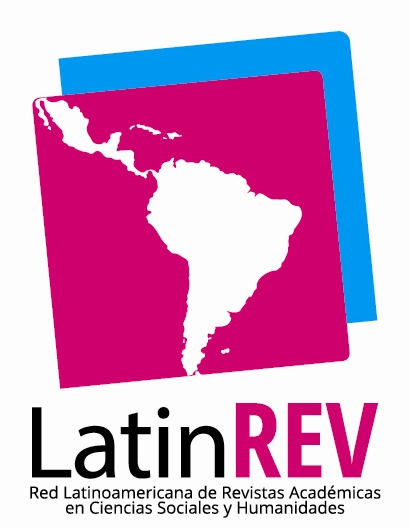B-learning in Reading-comprehension of texts written in English in Higher Level
Keywords:
Moodle, Blended Learning, Reading comprehension, Higher Education, ESP (English for Specific Purposes)Abstract
Technology integration in educational settings around the world has been evident. Hence, the inclusion of ICT in higher education is an opportunity to reflect on teaching-learning processes, to improve and update educational quality. Learning management systems at higher education offer students multiple benefits (Santamaría, Sánchez y Pardo, 2012). In this context, a qualitative study about the use of the VC (Virtual Campus) Moodle and the performance of students in the subject Technical English was conducted at the National University of Villa Mercedes in 2017. The fields of studies chosen were: Information Systems Analyst and Systems Programmer (ISA and SP) and University Technical Degree in Logistics (TUL, its Spanish acronym), all of them in the second year of their course of studies. The aim of this study was to assess the possible influence of blended-learning on the students’ performance in the subject Technical English.Results revealed that the influence of mixed modality learning had a low impact on students’ performance. Thus, further research in other cohorts of this subject and other degree programs of this university is suggested in order to confirm or refute these results.
Downloads
References
Cassany, D. (2008). “Metodología para trabajar con géneros discursivos”, en Jornadas sobre lenguajes de especialidad y terminología. Leioa: Biscaia.
Cesteros, A. F. P. (2009). “Las plataformas e-learning para la enseñanza y el aprendizaje universitario” en Internet de Las plataformas de aprendizaje. Del mito a la realidad, Madrid: Universidad Complutense de Madrid, 45-73.
Chun, D. M., & Plass, J. L. (2000). “Networked multimedia environments for second language Acquisition”, in Network-based language teaching: Concepts and practice, 151-170.
Dondi C.; Sangra, A. & Guardia, L. (2005). Proyecto BENVIC, una metodología y criterios de calidad para evaluar entornos y plataformas virtuales de aprendizaje.
Dorronzoro, M. I. (2005). Didáctica de la lectura en lengua extranjera. Didáctica de las lenguas extranjeras: Una agenda actual, 13-30.
Epper, R. M., & Garn, M. (2004). “Virtual universities: Real possibilities”, in Educause Review, N° 39, 28-39.
Jenkins, M., Browne, T., & Walker, R. (2005). VLE Surveys: A longitudinal perspective between March 2001, March 2003 and March 2005 for higher education in the United Kingdom. UCISA. Retrieved.
Ramboll, P. L. S. (2004). Studies in the context of the e-learning initiative: virtual models of European universities.
Rey, I. G.; García, E. H. & García, M. R. (2009). “Moodle en la enseñanza presencial y mixta del inglés en contextos universitarios”, en RIED. Revista Iberoamericana de Educación a Distancia, Vol. 12, N° 1, 169-193.
Sánchez-Santamaría, J.; Sánchez-Antolín, P. & Ramos-Pardo, F. J. (2012). “Usos Pedagógicos De Moodle En La Docencia Universitaria Desde La Perspectiva De Los Estudiantes”, en Revista Iberoameciana de educación, N° 60, 15-38.
Swales, J. M. (1990). Genre Analysis. English in Academic and Research Settings. Cambridge: CUP.
Downloads
Published
Versions
- 28-04-2024 (2)
- 30-11-2019 (1)
Issue
Section
ARK
License
Copyright (c) 2019 Marcela Puebla

This work is licensed under a Creative Commons Attribution 4.0 International License.






